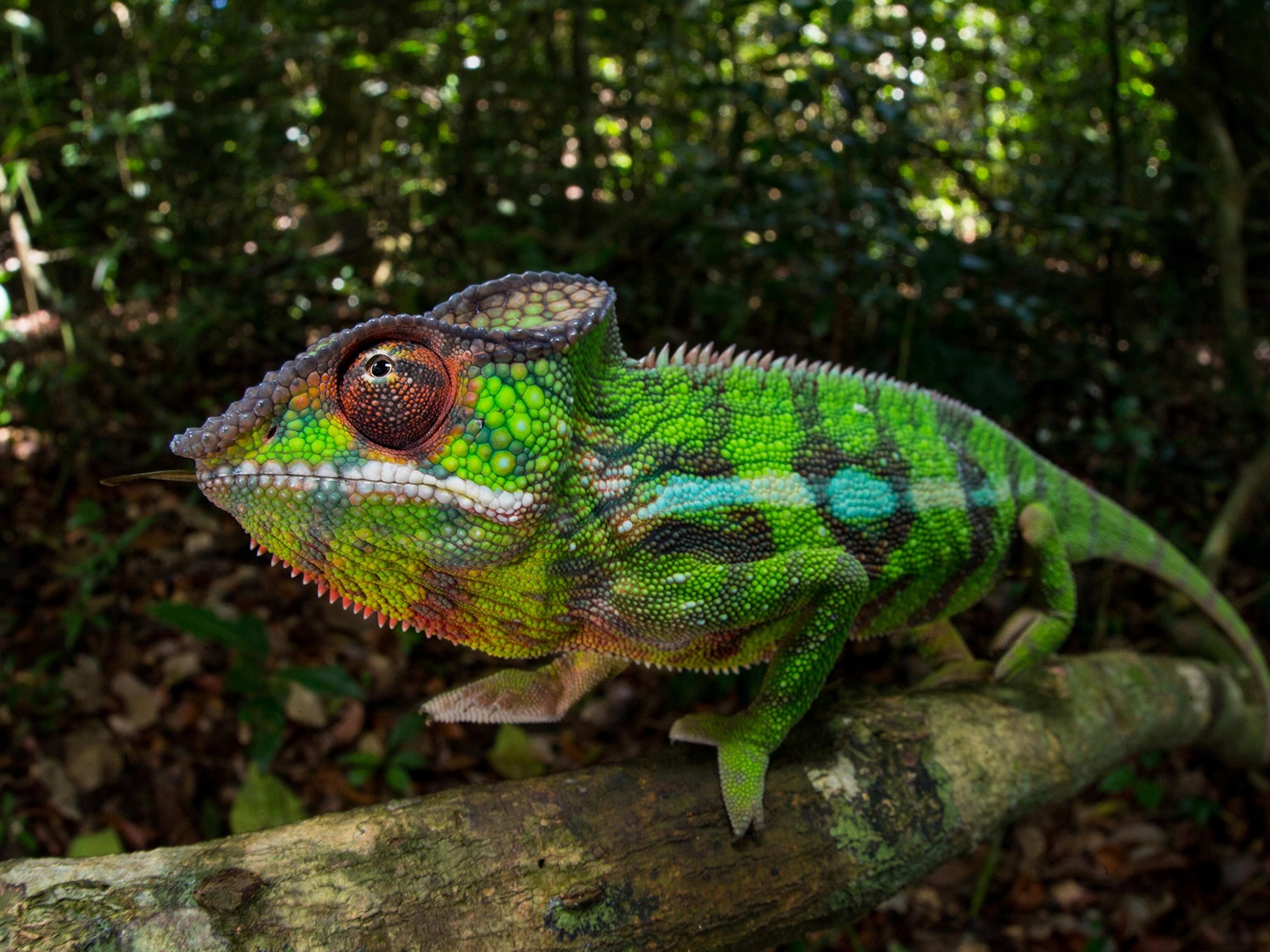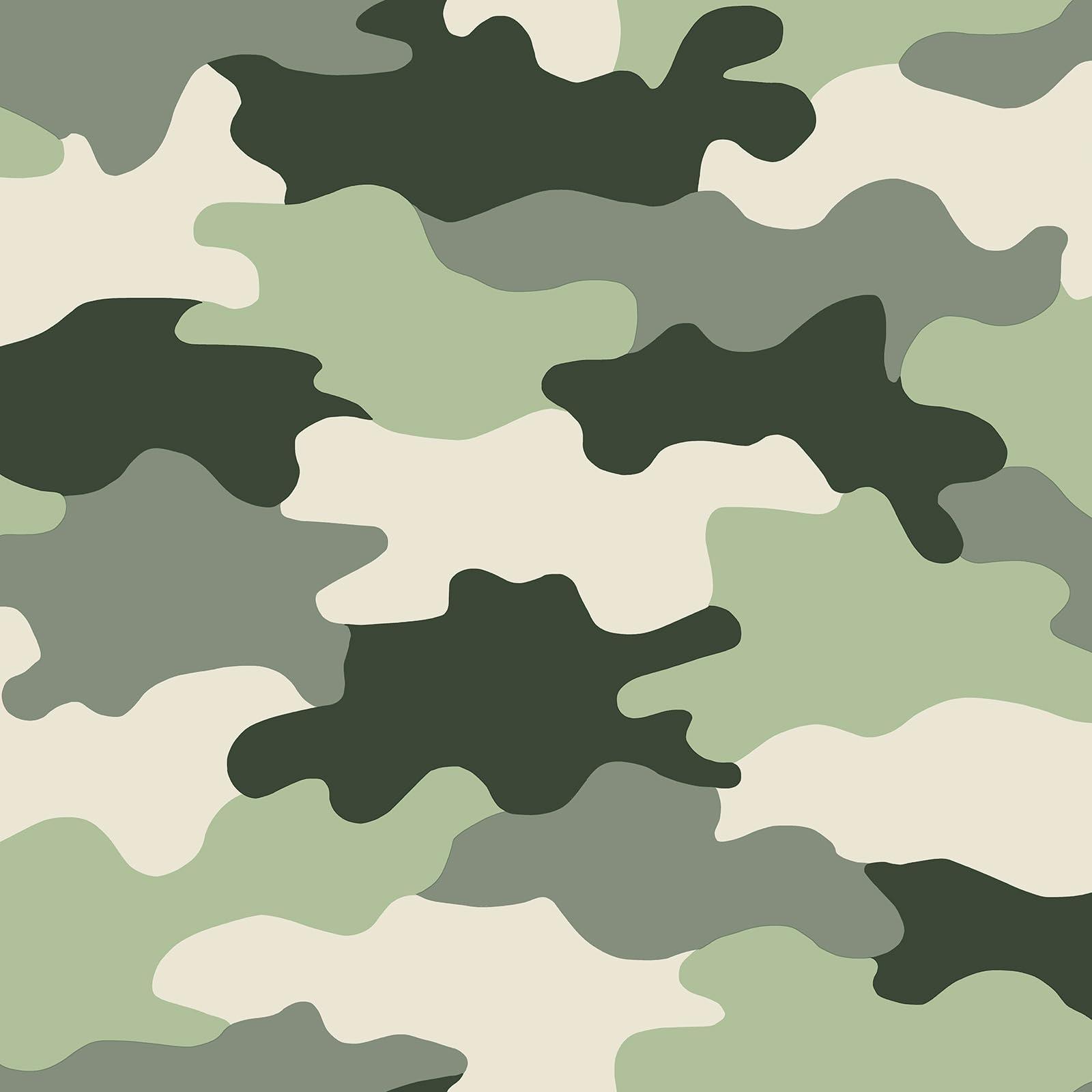In the ever-evolving tapestry of life on Earth, some creatures possess a remarkable gift—an astounding ability to change color at will. From the shifting hues of the chameleon as it navigates the intricate dynamics of its environment to the vibrant displays of the cuttlefish in the depths of the ocean, these color changers are among nature’s most captivating inhabitants. As we delve into the survival secrets of these adaptable animals, we embark on a journey to explore the sophisticated mechanisms behind their transformations. Beyond mere aesthetics, their color-changing prowess serves vital purposes: from evading predators to attracting mates and communicating with others of their kind. Join us as we uncover the fascinating strategies these animals employ, revealing how color becomes a crucial lifeline in the relentless struggle for survival.
Table of Contents
- Understanding the Science Behind Color Change in Animals
- The Role of Camouflage in Predator-Prey Dynamics
- Exploring the Behavioral Strategies of Color-Changing Species
- Conservation Implications and the Future of Adaptable Animals
- Concluding Remarks
Understanding the Science Behind Color Change in Animals

The ability of certain animals to change color is a fascinating adaptation that serves multiple purposes, primarily for survival. This mesmerizing phenomenon is often attributed to specialized cells called chromatophores, which contain different pigments. The manipulation of these pigments allows creatures such as chameleons, squids, and octopuses to alter their appearance in response to various stimuli. These adaptations are not only crucial for camouflage, enabling them to evade predators and ambush prey, but also facilitate communication among species. For example, during mating rituals or territorial disputes, color change can signal aggression or readiness to mate.
Furthermore, the science behind color change extends beyond simple pigment manipulation. Some species leverage structural coloration, relying on the microscopic structure of their skin, scales, or feathers to reflect light differently. This results in iridescent effects that shift with the angle of light, adding another layer to their adaptive capabilities. A variety of factors influence these changes, including temperature, mood, and environmental conditions. Below is a simple overview of how different species achieve these remarkable transformations:
| Animal | Mechanism of Color Change | Purpose |
|---|---|---|
| Chameleon | Chromatophores | Camouflage & Communication |
| Octopus | Chromatophores & Iridophores | Camouflage & Speedy Escape |
| Cuttlefish | Chromatophores | Prey Attraction & Defense |
| Arctic Fox | Seasonal Fur Color Change | Camouflage |
The Role of Camouflage in Predator-Prey Dynamics

In the intricate tapestry of life in the wild, camouflage weaves an essential narrative of survival that shapes the interactions between predators and prey. Many creatures have evolved remarkable adaptations that allow them to blend into their environments, transforming their survival chances. This natural phenomenon isn’t merely about hiding; it’s about mastering the art of deception. Whether it’s the striking resemblance of a leaf insect to foliage or the capacity of a cuttlefish to morph its skin textures and colors, these adaptations serve as critical shields against predation. The mechanics of camouflage can enhance an animal’s ability to remain invisible, thereby increasing their odds of living to see another day.
Moreover, the effectiveness of camouflage often hinges on a delicate balance of environmental factors and behavioral strategies. An animal’s choice of habitat can affect its ability to remain concealed from threat. For example, in a habitat rich with colorful flowers, a brightly colored butterfly might stand out, while its monochromatic counterpart might thrive. The following factors play a significant role in the predator-prey dynamics influenced by camouflage:
- Seasonal Changes: Camouflage must adapt with the changing seasons, as seen in the snowshoe hare that transforms its fur to match the snowy landscapes in winter.
- Temporal Activity: Many animals choose to hunt or forage during times when their colors offer the greatest concealment, such as nocturnal species that blend into the night.
- Social Behavior: Some animals utilize group formations to collectively confuse predators, as seen in the murmurations of starlings.
Exploring the Behavioral Strategies of Color-Changing Species
Among Earth’s remarkable creatures, those that possess the ability to change color are truly captivating. These animals, such as chameleons, octopuses, and cuttlefish, employ complex behavioral strategies that extend beyond mere aesthetic appeal. Their color-changing faculties serve critical roles in communication, camouflage, and even temperature regulation. For instance, during territorial disputes or courtship, a male chameleon may exhibit vibrant hues to assert dominance or attract potential mates. In contrast, when threatened, these animals swiftly alter their appearance to blend seamlessly with their surroundings, evading predators in a dazzling display of nature’s ingenuity.
The techniques employed by these adaptable species can be categorized into several fascinating behaviors, each with unique implications for survival. Consider the following strategies:
- Camouflage: Blending into environments to avoid detection.
- Social Signaling: Utilizing bright colors to convey messages or emotions to others.
- Temperature Regulation: Adapting color to either absorb or reflect heat.
These behavioral strategies highlight the intricate relationship between color and survival, demonstrating how these species have evolved to master their environments in often unpredictable circumstances. By closely examining their methods, researchers can unlock profound insights into evolutionary adaptability and the pressures of natural selection.
Conservation Implications and the Future of Adaptable Animals
As we continue to unravel the secrets behind nature’s adaptable animals, the implications for conservation strategies become increasingly profound. Understanding the mechanisms that allow species like chameleons and cuttlefish to modify their color and patterns not only highlights the intricacies of evolutionary processes but also underscores the need for targeted conservation efforts. Many of these animals inhabit environments that are rapidly changing due to climate change, habitat destruction, and pollution. Conservationists must prioritize preserving these unique ecosystems to ensure that adaptable species can thrive in the face of environmental pressures. It is crucial to identify key habitats where these species flourish and implement protective measures to mitigate anthropogenic impacts.
Furthermore, studying adaptable animals offers insights into resilience in the face of adversity, which can inform broader conservation strategies. For effective action, it is vital to consider factors such as:
- Climate resilience: Assessing how adaptable animals respond to climate fluctuations helps gauge ecosystem health.
- Genetic diversity: Preserving genetic variability within populations can enhance adaptability to future environmental changes.
- Community engagement: Involving local communities in conservation efforts fosters stewardship and enhances knowledge about these species.
As we look to the future, it is imperative to foster research initiatives that bridge science and community engagement, ensuring that biodiversity remains a priority within conservation agendas.
Concluding Remarks
As the sun sets, casting a golden glow over the landscape, the remarkable world of color changers leaves us with a profound appreciation for nature’s ingenuity. These adaptable animals, from the elusive chameleon to the mesmerizing cuttlefish, remind us that survival often hinges on the ability to blend in, stand out, or communicate through vibrant displays. Their secrets, rooted in millions of years of evolutionary history, resonate with the underlying principle that adaptability is key to thriving in a world brimming with challenges.
As we close the chapter on these survival secrets, we are left to ponder the complexities of nature’s design. Each transformation, whether a stealthy camouflage or an eye-catching signal, reflects the intricate dance of life that unfolds in ecosystems around the globe. Color changers are not merely marvels of biological engineering; they are symbols of resilience and the relentless pursuit of survival.
In witnessing their extraordinary adaptations, we gain a deeper understanding of our own connection to the natural world. It beckons us to observe, respect, and protect the delicate balance that sustains our planet’s biodiversity. As we walk away from this exploration of nature’s palette, we carry with us a newfound respect for the vibrant tapestry of life that surrounds us, reminding us that every creature holds its own tale of survival, painted in the ever-changing hues of the environment.



